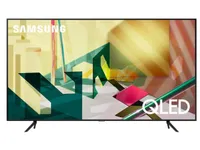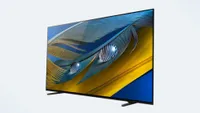TV backlights explained: Edge-lit vs. full array vs. Mini-LED
Our guide to help you understand the technology behind local dimming, HDR and more.

There's an unsung hero in your living room, a piece of technology that has been steadily advancing for years, providing better and better picture quality and more immersive entertainment, and it's one you may not even know exists. I'm talking, of course, about the backlight in your TV.
What's a backlight? Well, it's the light source that is situated directly behind the LCD panel of the majority of TVs. It's what makes the screen glow, what gives bright colors their vibrancy, and increasingly, what gives dark shadows their depth.
TV backlights have undergone a surprising amount of change in the last few years, and knowing how this feature works, and what your options are will go a long way in helping you get a better than average TV for a lower than average price.
- Tested and reviewed: The best TVs we've seen
- Try the best TV mounts for the TV you already own
- Latest: Everything you need to know about buying a TV
Basic LCD TV anatomy
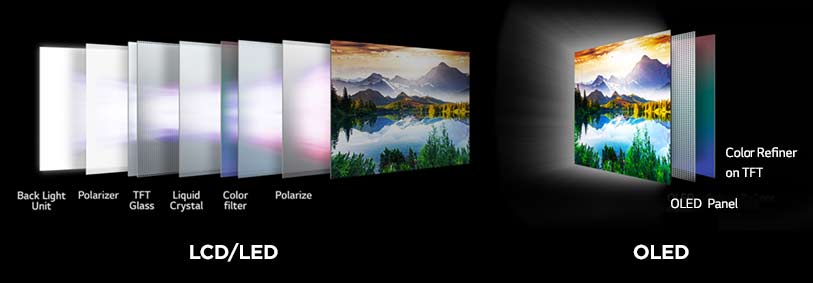
There's a little more to the glowing panel of an LCD TV than you might expect. The LCD panel offers the shape and color components of an image, but it doesn't actually produce any light of its own. And without light to produce the colors we see and project the image outward to the viewer, an LCD TV wouldn't be worth much. Enter the humble backlight.
Behind the LCD panel is a backlight, and between the backlight and the LCD panel are usually a few layers of polarized filters, backlight diffusers, and other optical layers designed to turn this collection of tech components into a sharper viewable image.
The details will vary from one manufacturer or mode to the next, but the fundamentals that that technology is based on remain the same.
You'll have an LCD panel to provide much of the image content, and a backlight behind it to provide the light that makes that LCD panel visible and the colors vivid. But that backlight has undergone a lot of changes over time — several just within recent years. And a lot of the improvements we've seen in modern TVs can be traced to the humble backlight.
Get instant access to breaking news, the hottest reviews, great deals and helpful tips.
A brief history of TV backlight
For the first several decades of consumer TVs, there was no need for a backlight. Cathode ray tube (CRT) technology doesn't need one, because it is a light source unto itself. Plasma screen TVs used the same sort of phosphorescence that CRTs used, meaning that they were also capable of emitting their own light.
But with the advent of LCD-based flat screen TVs, the need arose for illumination, and originally that meant cold cathode fluorescent lamps (CCFL), a technology that's similar to fluorescent and neon lighting. But because these lamps generate heat that can damage a display and aren't terrible energy-efficient, they've pretty much disappeared from today's TVs.
Instead, they were replaced by one of the biggest innovations in modern TV technology: LED backlighting. With this change, TV manufacturers started calling LCD TVs with LED backlight "LED TVs" to differentiate them from the older CCFL-lit models. But with the last CCFL TVs going off the market a decade ago, it's just as likely that TV makers have kept the LED nomenclature around to blur the distinction between LCD TVs and OLED panels, which use a very different (and largely superior) display technology.
Since then, LED backlighting has been refined in a number of ways, and there are several options on the market in today's TVs.
Modern backlighting: Local dimming and HDR
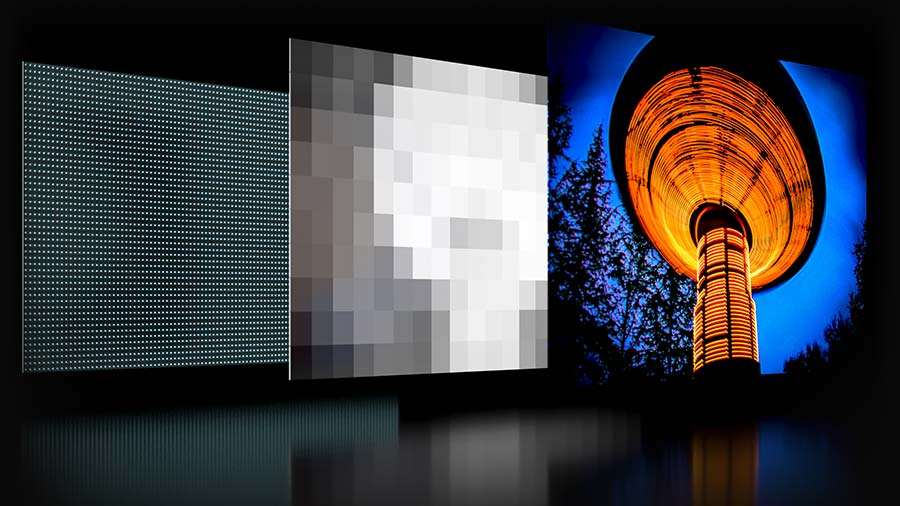
Today's TVs use a number of backlighting methods, which we'll discuss below, but the biggest change has been the introduction of discrete backlighting zones. Instead of illuminating the entire screen, the LED backlights of a TV can be addressed individually, meaning that they can be turned on or off, dimmed or brightened as needed to provide brighter or darker portions of the TV picture.
You may not know much about the innovation of local dimming, but you've probably heard of the feature it enables: High dynamic range or HDR. It's one of the best features on today's TVs, and one we recommend paying attention to when shopping for a TV. (Check out our articles What is HDR TV, and why does it matter? and What Is Dolby Vision? to learn more.)
With local dimming zones allowing variable brightness to different sections of the display, new media includes additional metadata, beyond simple video and sound. This data describes the brightness and backlighting scheme for a given scene or frame of content. While that metadata may fall under different format names, like HDR10 or Dolby Vision, the essentials are the same — describing how those dimmable backlights should behave to produce a richer image.
There are different formats with varying degrees of granularity, but the end result is that modern media takes this additional brightness control into account, just as it would color and multi-channel sound.
But there's a catch. Not every form of backlight offers the same level of control. As a result, not every TV has the same level of capability, even if it supports the same HDR formats.
And it all comes down to what type of backlighting is used.
Essential backlight technologies
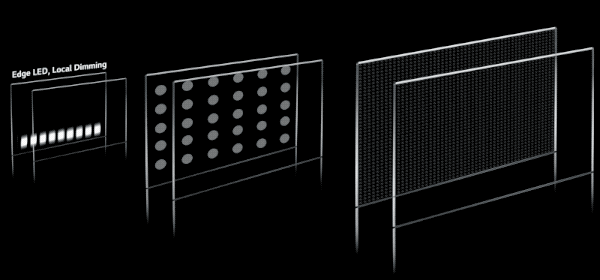
Edge lit
Edge-lit displays illuminate the LCD panel by setting a row of LEDs along the top and bottom edges of a screen, or ringing the perimeter of the TV frame with LED lights. This light is then distributed across the back of the LCD panel with a special diffuser light guide, a semi-transparent sheet of plastic that allows the light from the LED in the TV bezel to illuminate a larger portion of the display.
It's a very cost effective way to light a TV, since it uses the least amount of LEDs. It also offers some level of dynamic backlight control for HDR support. On sets that are equipped to do so, portions of the edge lighting strips can be darkened or dimmed to provide deeper blacks, or brightened to accentuate brighter portions of the screen. However, since they don't directly light the LCD panel from behind, the effect is considerably muted when compared to other backlight technologies.
Because these edge-mounted LEDs can be individually dimmed or brightened, edge lit TVs can offer some measure of dynamic backlight control for high dynamic range content. This can be done in two ways.
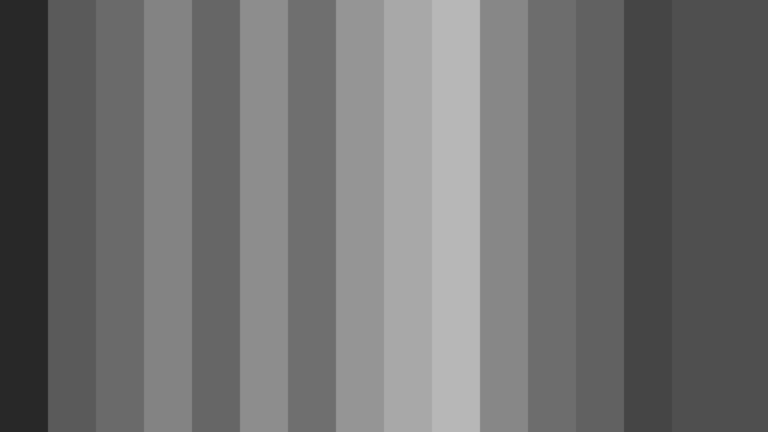
First, the LEDs at the top and bottom of the display can be dimmed to alter the brightness in a vertical stripe, from the top to bottom of the display. This divides the display into 8-16 distinct dimming zones.
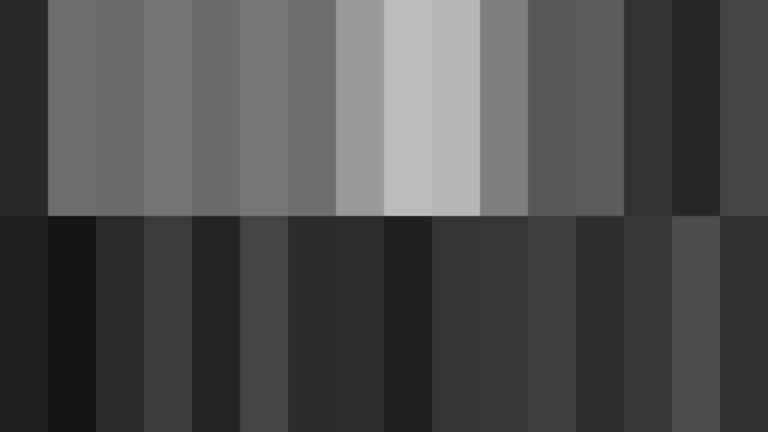
Second, top and bottom rows of LEDs can be dimmed independently, effectively doubling the number of dimming zones.
Both of these methods suffer from the use of broad, diffuse dimming zones, which mute the HDR effect considerably, and will often illuminate unwanted portions of the display, an effect called haloing.
Samsung AU8000 LED 4K Smart TV
Samsung's cheapest models often feature edge lighting, and the Samsung AU8000 is a prime example of this. The TV's high contrast ratio offers pretty good clarity and sharpness, but the lack of local dimming means that HDR content won't look as good as it should, and you'll see some noticeable elevated black levels.
Dual LED
A variation on edge lighting developed by Samsung and used in some Samsung QLED TVs is called dual LED. Instead of using a single color backlight for the TV, Samsung uses a combination of cool blue and warm yellow LED lights, and alternates between them based on the content of the scene to offer a modest improvement in picture quality.
Samsung Q70T QLED TV (2020 model)
Samsung uses dual LED backlight as a half-step between edge lighting and direct-lit LED backlight in it's better affordable QLED sets, and it shows. The alternating color temperatures do offer some improvement over basic edge lighting, but the result is still a less impressive picture, even with Samsung's impressive QLED display. Check out our full Samsung Q70T QLED TV (2020 model) review for more.
Direct lit LED
Direct lit LED backlighting uses LED lighting across the back of the TV, directly behind the LCD panel, providing a fairly uniform amount of light across the screen. It also allows for a brighter picture, since it uses more LEDs, and is able to utilize more of the light coming from those LEDs.
However, an all-white back light alone has its limitations. Because the entire LCD panel is lit uniformly, there's little to no dynamic range offered by the display.
One common problem caused by this uniform backlight approach is that darker portions of the display are still illuminated, resulting in black portions of the screen appearing grey, a phenomenon called "elevated black levels." It's especially noticeable on letterboxed movies, which will have a distinct unwanted glow in the black bars above and below the picture.
Toshiba C350 Fire TV (2021 model)
The Toshiba C350 is one of the better Amazon Fire smart TVs we've reviewed, but the direct LED backlight is something of a double-edged sword. It's better and brighter than a basic edge-lit LED backlight, and picture is better as a result, but the lack of local dimming means that – despite the TV's support for Dolby Vision and HDR10 formats – HDR content just doesn't look very good.
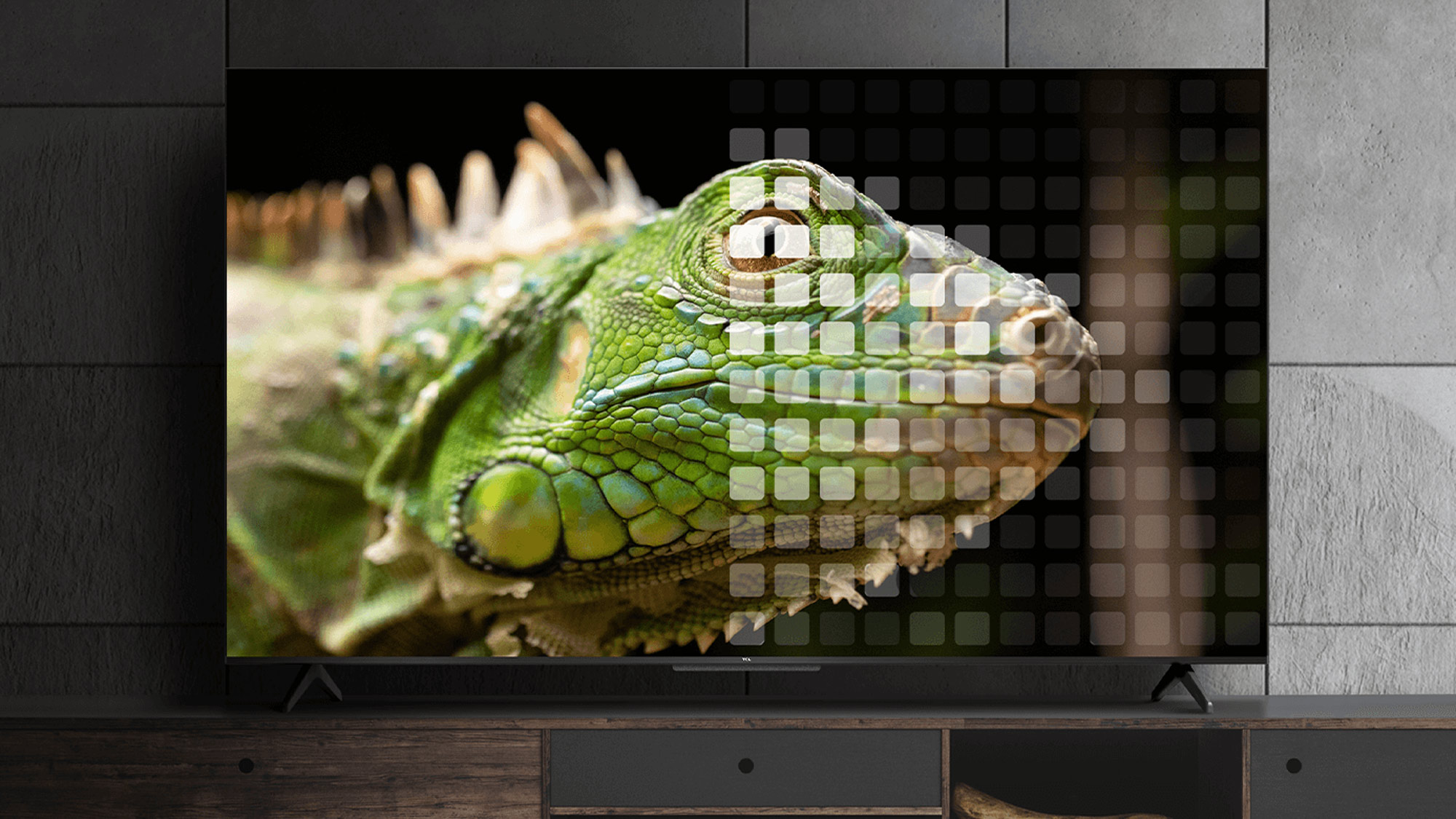
Full array with local dimming (FALD)
The next refinement for LED backlight is full array backlight with local dimming. This breaks up the backlight array of direct LED lighting, and separates it into multiple zones. These zones each illuminate a portion of the screen, and can be individually brightened or dimmed depending on the content in that section of the display.

This dynamic backlighting allows a TV to deliver deeper shadows, brighter highlights, and more vivid color. If you'll forgive the pun, this is where HDR content really shines.
Local dimming zones have become fairly common on TVs across the price spectrum, and more premium TVs have differentiated themselves by offering a greater number of backlighting zones with smaller, more tightly controlled light, which can minimize light blooms and haloing to provide better HDR performance and contrast.
TCL 5-Series Roku TV (S535)
When it comes to value in TVs, the TCL name should be one of the first things you look for. The TCL 5-Series Roku TV (S535) is a great example of this, offering a QLED screen with full-array local dimming backlight that matches some of the best mid-range TVs, but at a lower price. The result is great picture quality and solid HDR performance.
Mini-LED
Local dimming has been further refined with the introduction of mini-LEDs. By shrinking the LED size down to about one-fifth the size – mini-LEDs measure 0.008-inch (200 microns) across – more LEDs can be packed into the backlight panel, and much smaller dimming zones to be used.
Where a standard LED backlight offers dozens of backlighting zones, mini-LED offers hundreds, and individual mini-LEDs can number in the thousands for a larger TV. More LEDs translate into brighter backlight, for a brighter more vivid picture, as well as smaller lighting zones to reduce haloing.
The result is even more granular control of the backlight, with performance improvements in both overall contrast and HDR performance.
Models from Samsung, TCL, and LG all utilize mini LED backlighting for its superior performance, and the combination of mini-LED and QLED color enhancement offers some of the best TV picture quality that's ever been available.
Learn more about mini-LED technology in our article Year of the mini-LED TV: Samsung, LG and TCL getting this huge upgrade.
Samsung QN90A Neo QLED TV
When it comes to the several TVs on the market that have mini-LED backlight, the Samsung Neo QLED takes the top spot, holding the top position among the best TVs we've reviewed. It's a great TV for many reasons, but the impeccable backlight and HDR performance of the Samsung QN90A Neo QLED TV makes it one of the best LCD TVs we've ever seen.
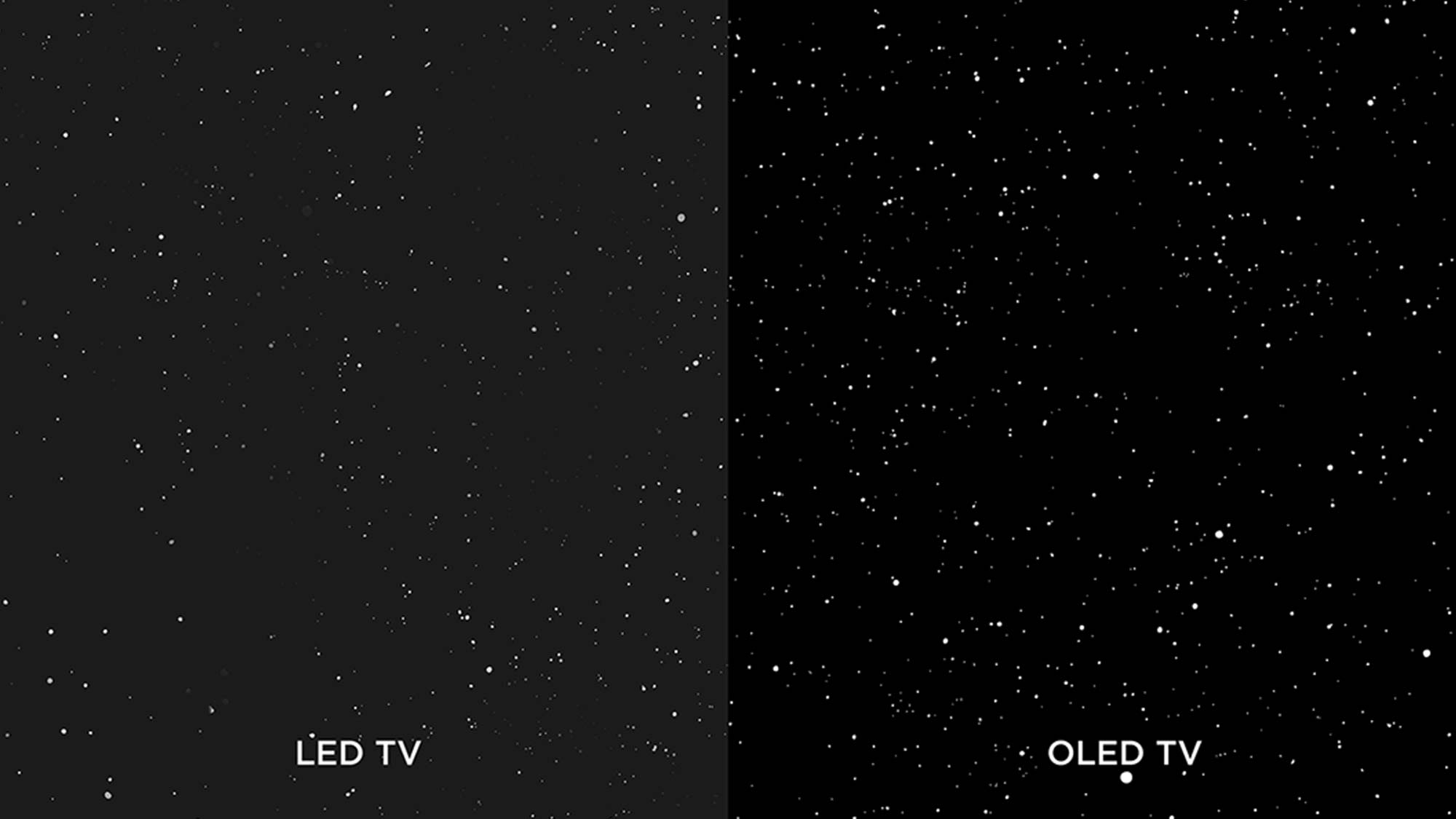
Per-pixel lighting
Ultimately, the best backlight is no backlight at all. This can be achieved in one of two ways: With current OLED displays or micro-LED technology, the latter of which isn't yet available to regular consumers.
OLED displays have individual pixels that light up without the need for a separate illumination source, creating a self-emissive display panel that doesn't need any sort of backlight.
Because illumination can be controlled at the level of individual pixels, OLED technology offers the highest level of contrast and HDR performance, with no light blooming, and true black reproduction as individual pixels go dark.
Sony Bravia XR A80J OLED TV
Sony's excellent OLED TVs highlight how awesome OLED can really be, with category-leading picture quality and cutting edge technologies that make the most of the premium TV technology. The Editor's Choice Sony Bravia XR A80J OLED TV does this in spades, providing an excellent premium OLED experience.
Shrinking mini-LEDs down even smaller, you get micro-LED. Measuring as small as 50μm — about 0.002 inches across — micro-LEDs are 1/100th the size of a conventional LED. That's small enough to cluster them together for individual pixels, creating another form of self-emissive display. The first micro-LED TVs are on sale now, but with prices in the tens of thousands of dollars, they're not really something the average consumer would even consider.
You can get a more detailed explanation of mini-LED technology in our guide Micro-LED vs. Mini-LED: What's the difference? or read Micro-LED vs. OLED TV: Which TV tech will win? to see how the two leading self-emissive technologies compare.
Samsung MicroLED TV
Known for a long time as simply "The Wall" Samsung's first micro-LED TVs are coming this year, and are available for pre-order… in Korea. We've seen these displays in person, and they are astonishingly good, but between the wall-sized screens necessary for 4K resolution and the mortgage-sized price tag, it may be several years before this is a viable technology for the average TV shopper.
TV backlighting: What it means for you
All of this information is very interesting (at least, to some of us TV nerds), but you're probably wondering what this actually means for you.
The bottom line is pretty simple: Better backlight will translate into better picture quality.
- Edgelit and direct backlight - Good
- Full array with local dimming - Better
- Self-immissive displays - Best
But there's more than one way to approach full array with local dimming, because TVs will offer different numbers of dimming zones and local domain can be achieved with either standard LEDs or mini LEDs.
The rule of thumb here is simple: More backlighting zones are better, and many LED gives you the most backlighting zones.
And there's a direct relationship between backlight quality and TV price, so what is the best option when you don't want to pay an extra $1,000 for the category-leading quality of OLED – even the affordable Vizio OLED TV is $1,199 – or shell out tens of thousands for a giant micro-LED TV?
For most people, we recommend looking for a TV with mini-LED, like the Editor's Choice Samsung Neo QLED QN90A, or the more affordable TCL 6-Series Roku TV (R635). Mini LED backlighting hits the sweet spot for affordability and improved backlight performance. If you want better than average backlight control without spending the extra money for an old TV, a mini LED TV is the way to go.
Brian Westover is currently Lead Analyst, PCs and Hardware at PCMag. Until recently, however, he was Senior Editor at Tom's Guide, where he led the site's TV coverage for several years, reviewing scores of sets and writing about everything from 8K to HDR to HDMI 2.1. He also put his computing knowledge to good use by reviewing many PCs and Mac devices, and also led our router and home networking coverage. Prior to joining Tom's Guide, he wrote for TopTenReviews and PCMag.

